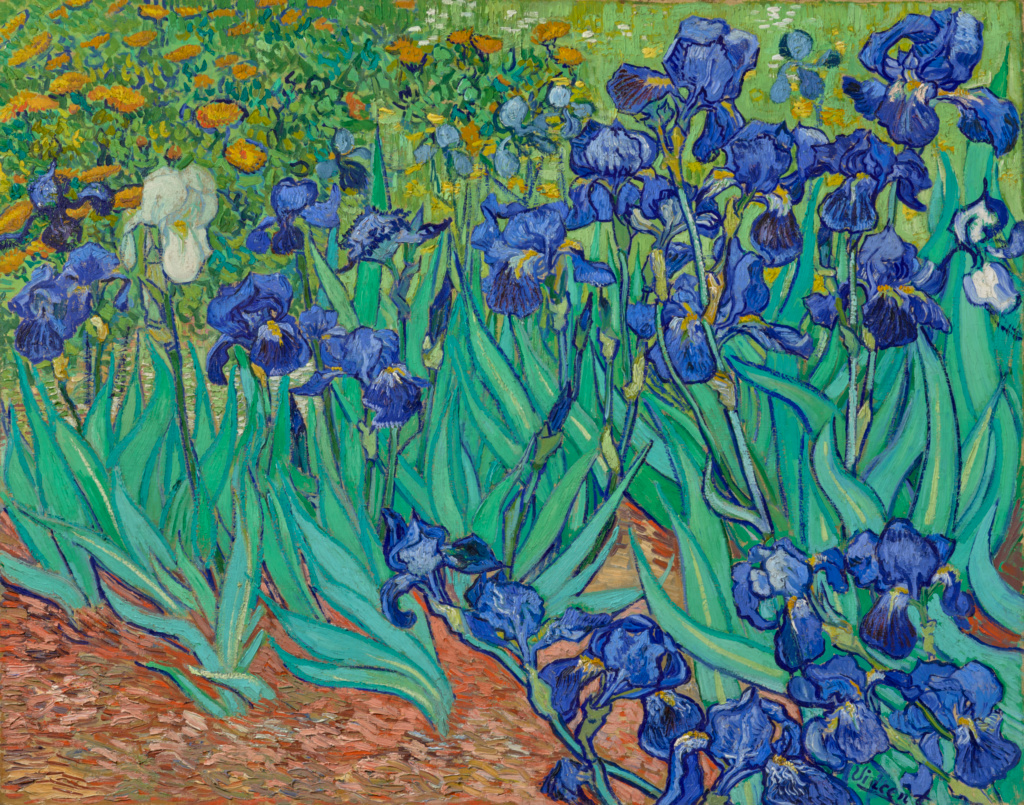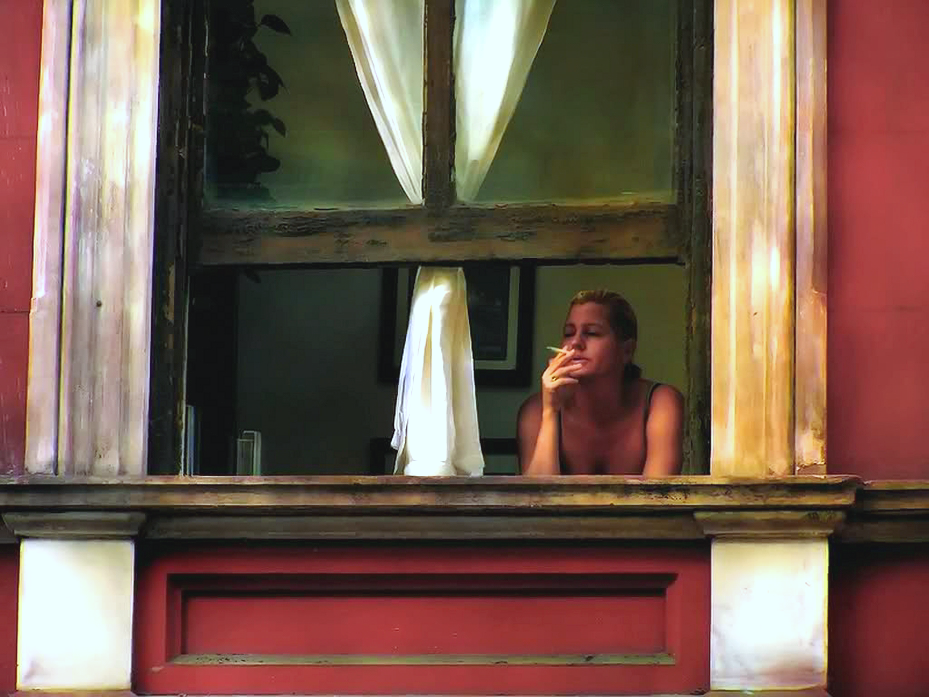As promised on Facebook some weeks ago, I picked up a copy of Barry Schwabsky’s new Landscape Painting Now, based on a glowing review by Peter Malone in Hyperallergic. The book argues for the capaciousness of landscape painting as a genre though a wide-ranging survey of contemporary practices.
Read moreOriginal Questions and New Questions
Edward Hopper, Woman Smoking, Looking Out Window, 1940.
The practice of evidence-based design, as it is defined and credentialed, as its history is told, its storehouse of knowledge kept at the Center for Health Design, famously begins with a single study by psychologist Roger Ulrich. Having published previously in environmental psychology, specifically on the subjects of “visual landscapes,” he made a discovery in 1984 that helped to create an entirely new field of study.
Read moreArt in Research, or the Art of Research: A Matter of Definitions
As a sort of thought experiment, pretend you had no idea what art – visual art – might be, and you tried to formulate some concept of it by reading "A Guide to Evidence-Based Art.” You would certainly come away with at least one salient idea, that visual art has content. The list of features that are most often repeated and specified in the field are described as “art content.” This conception tellingly passes over a middle term, that of the image. Artwork contains images, and those images may be pictures, depictions of persons, places, or things. Or they may not. To put it simply, visual art may be “representational” or “abstract.”
Read more

